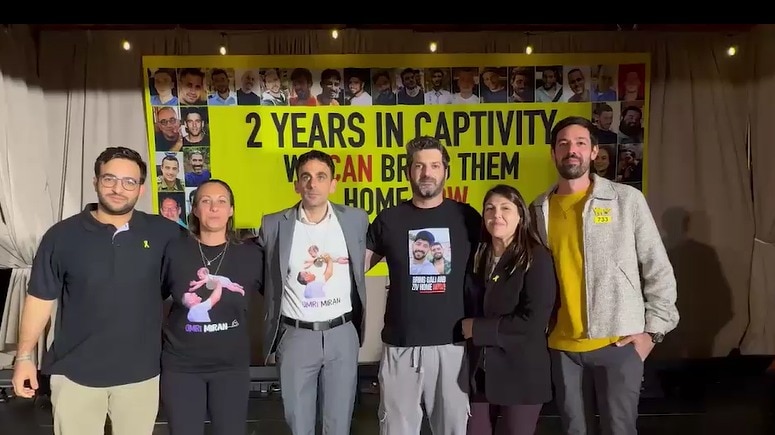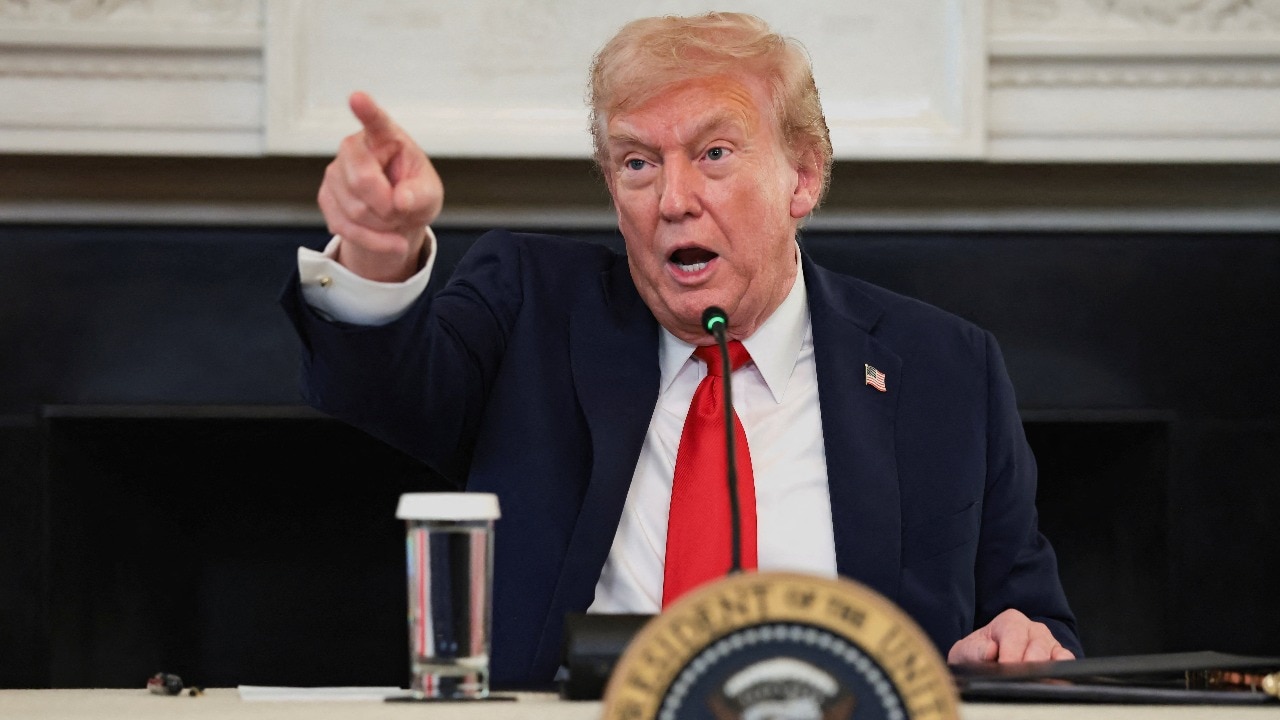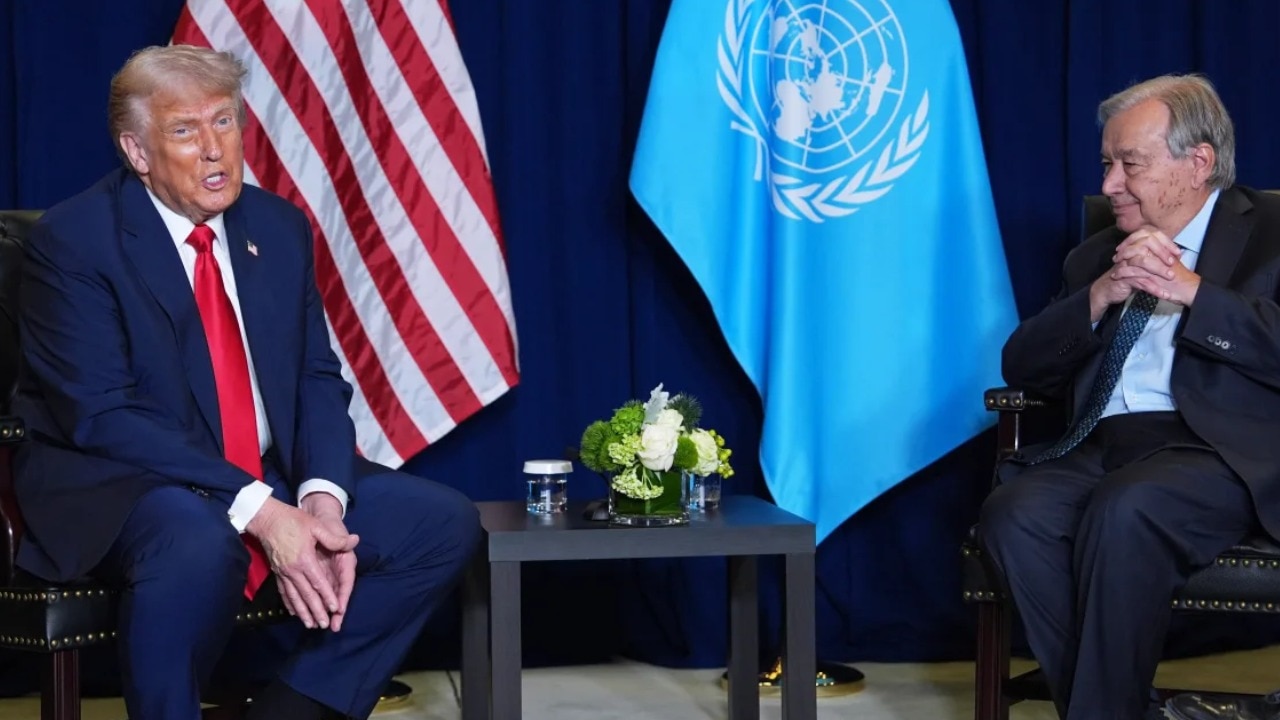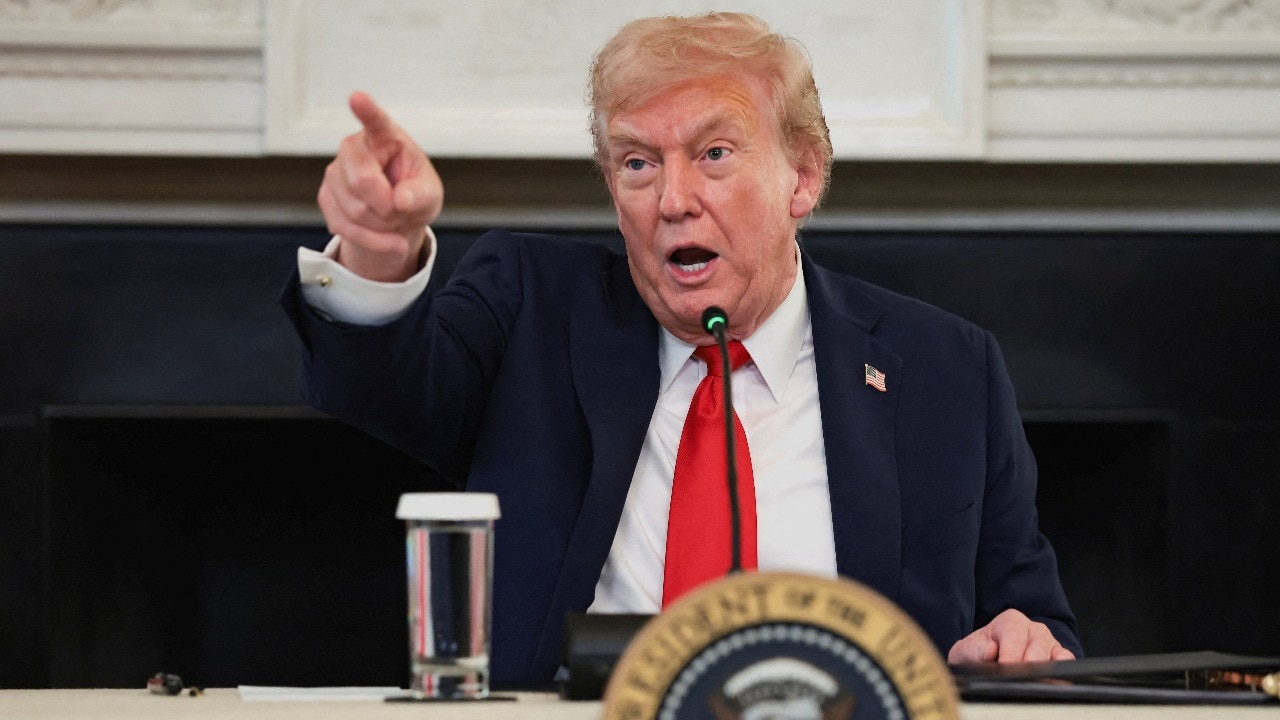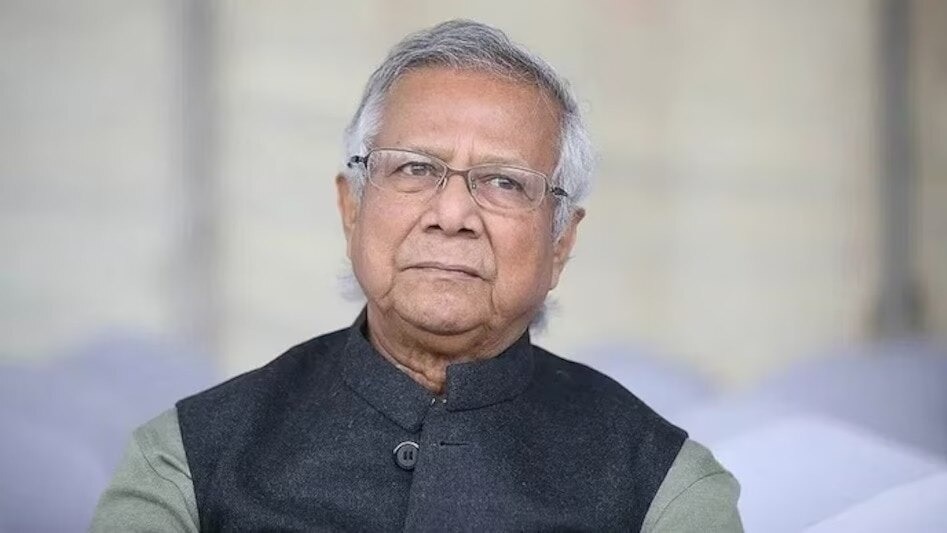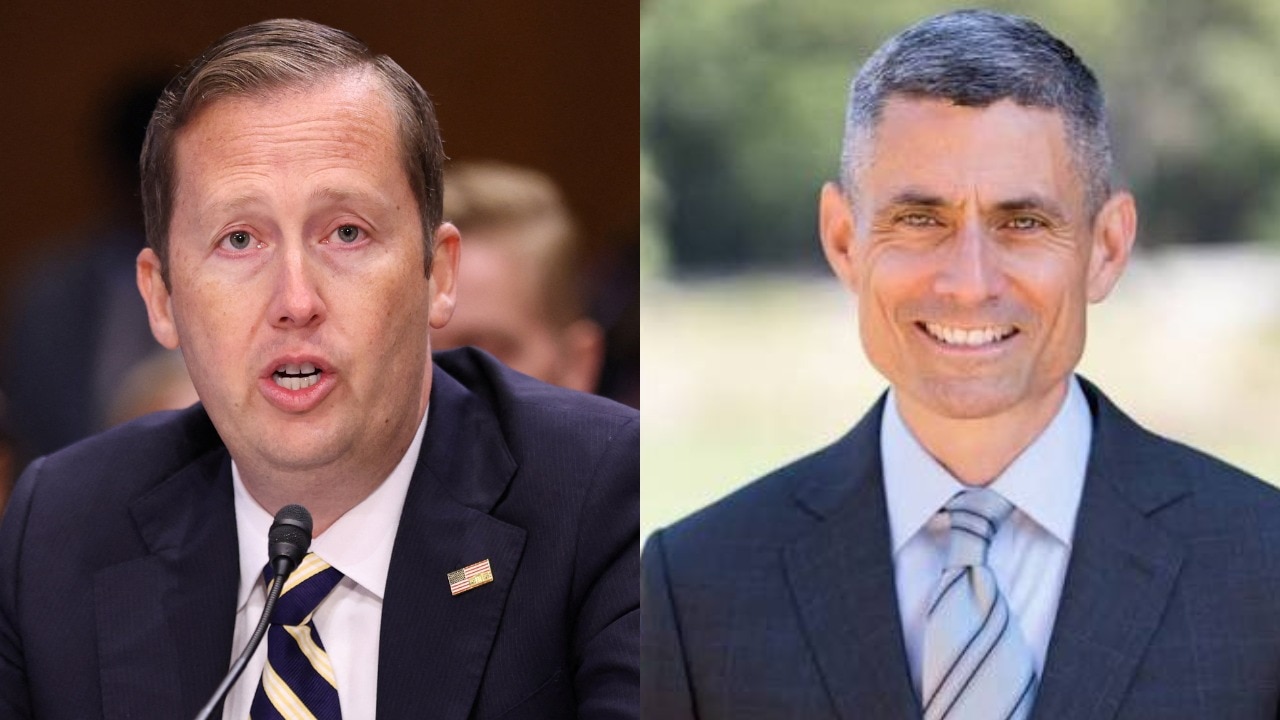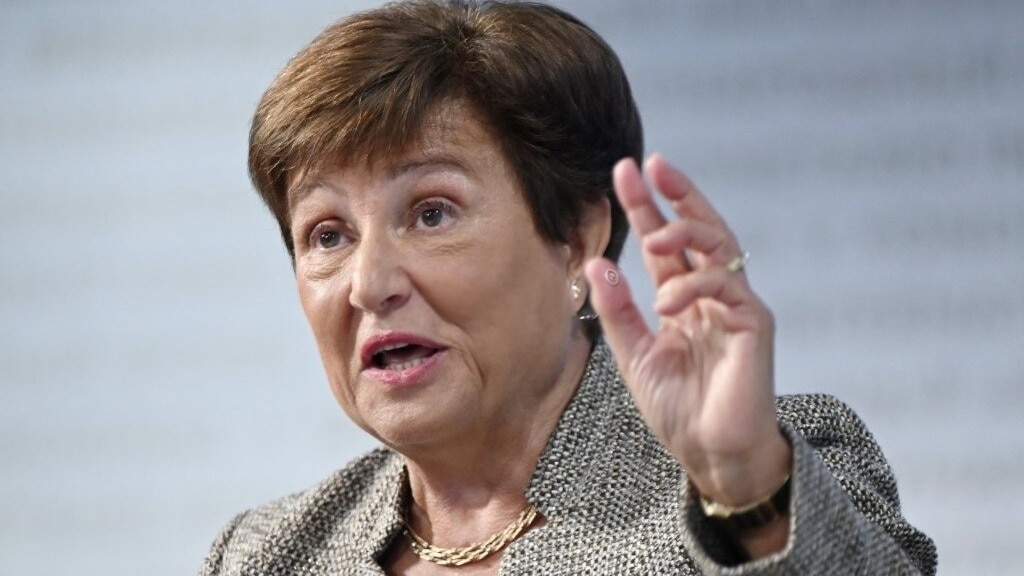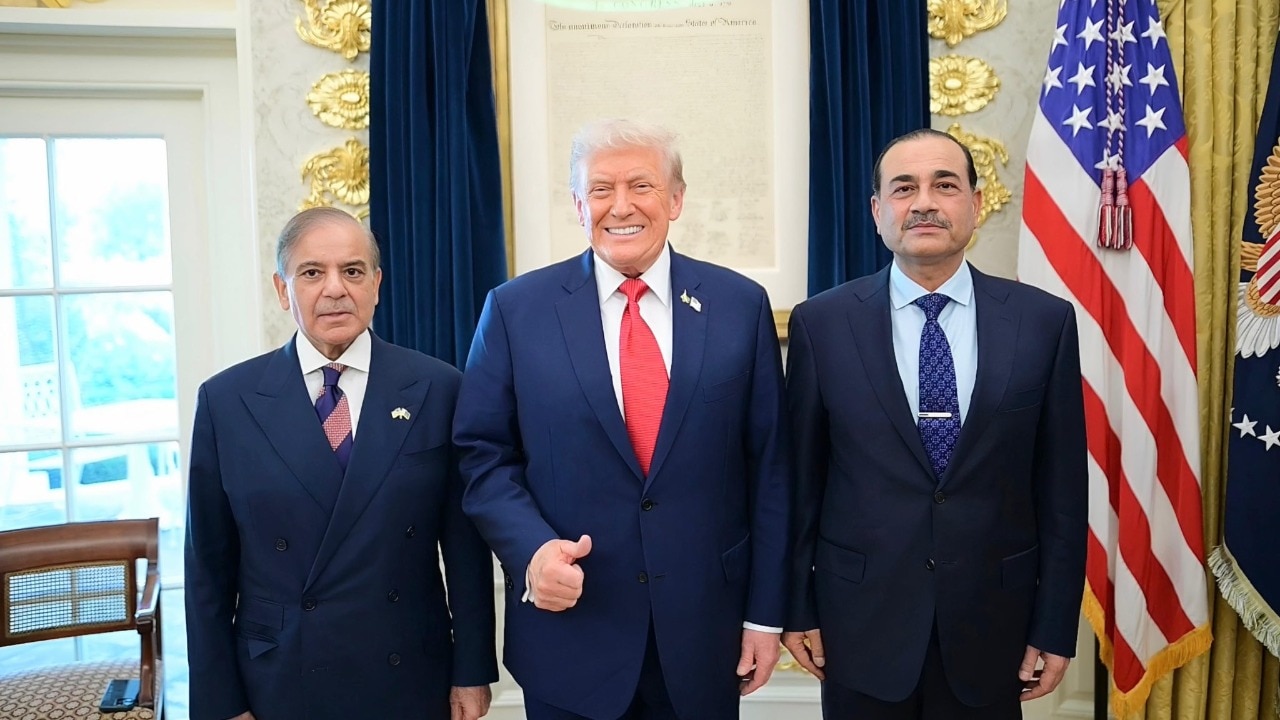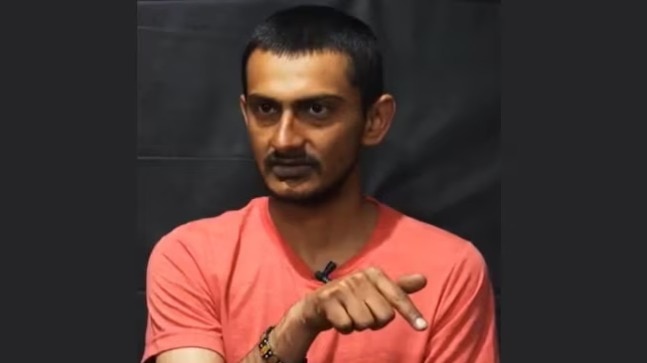Good morning. In May 2025, Israel dismantled the United Nations-led humanitarian aid distribution system in Gaza. In its place came a distribution scheme run by the secretive Gaza Humanitarian Foundation (GHF) that came under immediate scrutiny for its “militarised model” and close ties to Israeli authorities, which rights groups warned “undermines the core humanitarian principles of humanity, neutrality, impartiality, and independence”.
In the months since, humanitarians’ worst fears about the aid sites have been realised. observers have expressed concern as daily reports emerged of civilians being shot, shelled or crushed while attempting to access aid. Almost 1,400 Palestinians have reportedly been killed while seeking food, primarily near GHF distribution sites.
Bitter dispute over responsibility has followed. Journalists, Palestinian eyewitnesses and humanitarian workers on the ground have attributed the killings to the Israel Defense Forces (IDF), alleging that soldiers have fired on civilians. The IDF and GHF reject these allegations, denying the reported death toll and claims of misconduct. They argue that accusations of starvation are either exaggerated or the result of a UN failure to distribute aid effectively.
Now, a new investigation by the Guardian has corroborated longstanding claims by Palestinian journalists and aid workers, finding evidence that Israeli forces have repeatedly fired on civilians attempting to access food.
For today’s newsletter, I spoke to investigative correspondent and the paper’s visual forensics lead Manisha Ganguly on what exactly her investigation found, and how we reached this catastrophic moment. That’s after the headlines.
Five big stories
Israel-Gaza war | Benjamin Netanyahu has defended his plan to take control of Gaza City, even as senior UN officials warned the move risked unleashing “another calamity” on the territory. On Sunday, Anas al-Sharif, a prominent Al Jazeera journalist, was killed in an Israeli airstrike. Israel admitted a deliberate attack on the journalist.
Ukraine | Europe’s leaders have raised the pressure on Donald Trump to involve Ukraine in a planned summit with Vladimir Putin, as Germany warned the White House against any deal hatched “over the heads of Europeans and Ukrainians”.
Housing | Lower-income householders, minority ethnic people and those with young children are more likely to live in homes at risk from dangerous overheating, research has found.
UK news | Half of the people arrested during the protest in relation to Palestine Action in London on Saturday were aged 60 or above, according to police figures. A total of 532 people were arrested at the largest demonstration relating to the group – all but 10 under section 13 of the Terrorism Act for displaying supportive placards or signs.
Crime | Foreign criminals from 15 more countries face deportation before they have a chance to appeal, in an expansion of the UK government’s “deport first, appeal later” scheme.
In depth: ‘The Israeli military is indiscriminately firing on Palestinians’

When Israel shut down the UN-led humanitarian aid system, the government alleged Palestinian militant group Hamas was diverting aid to support its operations. However, a USAID analysis published last month found no evidence of large-scale diversion of aid by Hamas. The following day, The New York Times reported that an Israeli military official acknowledged there was no proof Hamas was routinely stealing UN-provided aid.
Manisha Ganguly tells me that, on the back of this claim, Israel imposed an 11-week siege on the Gaza Strip. “During this time, Gaza’s population, over two million people, was effectively starved, creating the acute conditions we’re seeing now.”
The GHF was set up amid the siege and became the only organisation allowed to operate in the Strip, she explains, while veteran aid groups were refused entry. “GHF only operates in areas under IDF control. Humanitarian organisations like Oxfam, whose policy lead for the Occupied Palestinian Territories, Bushra Khalidi, told me that the conditions under which GHF operates, conditions set by the Israeli military, do not meet the standards required by international humanitarian law,” she adds.
She explains that international law says aid must be delivered independently, impartially and with safe access. But due to IDF operations in Gaza, there is no real way to do this. She points to two key indicators of the lack of safe access:
All four GHF food distribution sites are located in areas the Israeli military has marked for evacuation. To collect food, Palestinians must enter zones of direct danger.
There are reports, and video evidence, of the Israeli military firing on Palestinians near or en route to these distribution sites.
What does the evidence show?
Manisha reviewed a range of evidence, and reached a damning conclusion. She first started with videos uploaded to social media by Palestinians showing attempts to collect food near GHF sites.
“In nearly all of them, you hear the distinctive sound of machine-gun fire. A weapons expert told me the machine guns heard are likely Israeli. Hamas does have machine guns, but they’re typically used ceremonially and don’t match the pattern here,” she says.
Next, she spoke to doctors at Nasser hospital in Khan Younis, and a field hospital operated by the Red Cross. “They reported a clear correlation between spikes in gunshot wounds and days when food was being distributed, at a level that was unprecedented in the entire previous year,” Manisha says. “One surgeon told me that every single patient with gunshot wounds said they had come under Israeli fire.”
Then, to strengthen the link, she asked surgeons to send photos of bullets removed from patients. “The tricky thing about bullets is that you need exact measurements to be able to correctly attribute it. For two of them, I had exact measurements: one matched the IDF’s standard calibre of bullet. The other matched calibres used by both the IDF and some Hamas snipers – but remember, the firing heard in the videos was unmistakably machine-gun fire, not sniper fire,” she says.
“If you combine the visual evidence of machine gun fire, the Palestinian testimony, reports from doctors at hospitals who are describing an overwhelming number of patients with gunshot wounds coming in, in an unprecedented way that they hadn’t seen in the previous entire year of the war, with the really solid evidence of the bullet being cut out of patients and analysed, it paints a very clear picture,” she says.
Manisha didn’t want there to be any reasonable doubt, so she also reviewed one specific video where you can actually hear the machine gun fire, and see the bullets hitting the sand right next to Palestinians in the immediate vicinity of the GHF food site.
“There is an overwhelming amount of evidence that suggests that the Israeli military has been indiscriminately firing on Palestinian food seekers in an extremely sustained way.”
One particularly disturbing testimony came from Prof Nick Maynard, a consultant surgeon at Oxford University Hospitals, who has visited Gaza repeatedly since 2010. He spoke to Manisha during his third mission to Nasser hospital since the current war began.
“He said that on particular days, he saw particular body parts being targeted. One night he was on call, Nasser hospital admitted four teenage boys, all of whom had been shot in the testicles. Other days, he saw patterns of gunshots to the neck, head, or arms, and he told me that the clustering of similar injuries in one day suggests that this is a targeting activity,” she says.
How the IDF and GHF responded
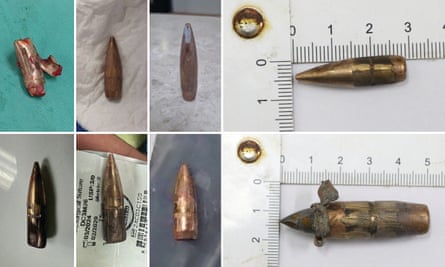
When Manisha put these conclusions to the IDF, they “unequivocally denied” deliberately targeting civilians or minors and said they have standing orders prohibiting intentional fire on these groups.
The IDF has admitted to firing “warning shots” at Palestinians. But weapons experts told Manisha that what’s happening doesn’t fit that definition. In the two cases she reviewed, the victims were civilians trying to collect food. The IDF explanation that troops were firing at “suspicious individuals” or people who “left the queue” just doesn’t hold up.
The response from GHF was interesting, too. “In the first instance, they accused me of aiding Hamas, and said the statistics I used in my report appeared to directly align with the Gaza Health Ministry, and called them false and exaggerated,” Manisha says, “even though my analysis relied on Red Cross data, UN statistics and extensive interviews with doctors.”
The GHF also added that it had reached out to the UN and other humanitarian organisations to collaborate, but that the UN continues to reject those offers.
What this means for the GHF scheme
Last Friday, Israel’s security cabinet approved a plan to take over Gaza City, marking another escalation in the 22-month offensive that has killed tens of thousands of Palestinians, destroyed most of Gaza and pushed the territory toward famine.
Israel has said it would work with the US to continue getting aid into the territory. It’s now clear that it will be through the GHF. Manisha tells me that the US ambassador to Israel, Mike Huckabee, who recently visited Gaza on a trip with Donald Trump’s Middle East envoy, Steve Witkoff, described GHF’s work as “phenomenal”. Reports have since come out that Huckabee was told they are exploring the possibility of opening 12 new sites and a 24-hour operation.
skip past newsletter promotionafter newsletter promotion
“The rationale behind the 24-hour operation is that it is easier and safer for Palestinians to travel to the sites – at the moment they’re open for a limited period. Palestinians usually end up travelling at night or in the early hours of the morning and queueing for hours while facing bullets from the Israeli military,” Manisha says.
“So they’re thinking, this might minimise it, but it doesn’t go to the heart of the central problem: the Israeli military is indiscriminately firing on Palestinians.”
What else we’ve been reading

In case you missed it, Harriet Sherwood’s weekend read on the rise of digital reincarnations of the recently departed is chilling. From Rod Stewart’s weird AI ghost of Ozzy Osbourne to companies “digitally resurrecting” loved ones through AI, it’s a stark tale of how technology is transforming the way we grieve. Charlie Lindlar, acting deputy editor, newsletters
Why are asylum seekers being accommodated in hotels in the first place? Daniel Trilling expertly breaks down how a series of actions by Labour and Conservative governments since the turn of the century have brought us to this point. Aamna
Topshop returns to the runway for the first time in seven years this coming weekend. Lauren Cochrane explains how the once-ubiquitous high-street brand came back from the brink – and whether there’s a gap in the market for it any more. Charlie
I love this profile by the Guardian’s Patrick Greenfield on Lek Chailert, a woman who has devoted her life to rescuing abused elephants. Aamna
Simon Hattenstone’s interview with the straight-talking Sharon Stone on everything from childhood sexual abuse to her stroke at 43 is a sobering discussion on how to wade through the hardest moments in life. Charlie
Sport

Football | Debut goals for Hugo Ekitiké and Jeremie Frimpong were not enough for Premier League champions Liverpool, who lost on penalties to Crystal Palace in Sunday’s Community Shield. After a 2-2 tie at 90 minutes, substitute Justin Devenny sealed victory for the south London club after Mohamed Salah, Alexis Mac Allister and Harvey Elliott all missed in the shootout.
Tennis | Emma Raducanu has underlined her excitement before what she describes as a “fact-finding match” against the world No 1 Aryna Sabalenka as they prepare to battle in the third round of the Cincinnati Open on Monday.
Boxing | Hiromasa Urakawa has become the second boxer to die from brain injuries sustained at the same event in Tokyo. The World Boxing Organisation announced the death of Japanese boxer Urakawa at the age of 28 on Sunday following a bout with Yoji Saito on 2 August. It occurred days after Shigetoshi Kotari, who fought out a draw with Yamato Hata on the same card in Tokyo, died due to injuries to his brain.
The front pages
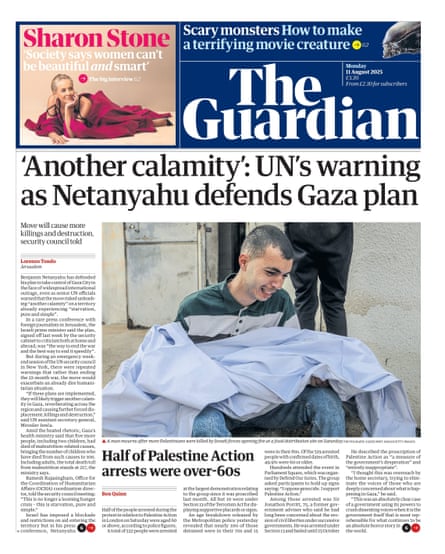
The Guardian leads with “‘Another calamity’: UN’s warning as Netanyahu defends Gaza plan”. The i has “UK calls for halt to ‘path of destruction’– as Netanyahu insists Gaza City plan will end war”. The Financial Times says “Europeans press Washington to turn sanctions screw on Putin before talks”.
The Telegraph reports “Starmer hid £30bn cost of Chagos surrender”, while the Mail has “26,000 prisoners freed early by Labour”. The Times leads with “Drivers over 70 face eye tests every three years”.
Today in Focus

How the University of Edinburgh helped create scientific racism
Will the University of Edinburgh confront its dark past? Severin Carrell reports.
Cartoon of the day | Edith Pritchett
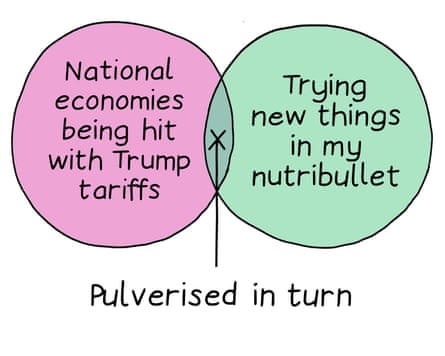
The Upside
A bit of good news to remind you that the world’s not all bad
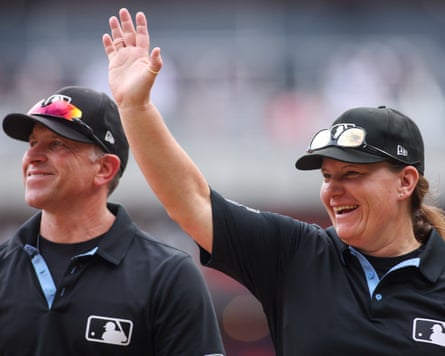
Saturday’s baseball game between the Atlanta Braves and the visiting Miami Marlins was, at first glance, a relatively meaningless bout between two middling teams with little to play for late in the season. It saw, however, a remarkable moment in Major League Baseball history as umpire Jen Pawol became the first woman in league history to referee a game. After a decade working up through the minor leagues, the 48-year-old former art teacher, finally got her much-deserved chance.
“It was pretty amazing when we took the field,” Pawol said after the game. “It seemed like quite a few people started clapping and saying my name, so that was pretty intense and very emotional.”
Sign up here for a weekly roundup of The Upside, sent to you every Sunday
Bored at work?
And finally, the Guardian’s puzzles are here to keep you entertained throughout the day. Until tomorrow.

 1 month ago
1 month ago
